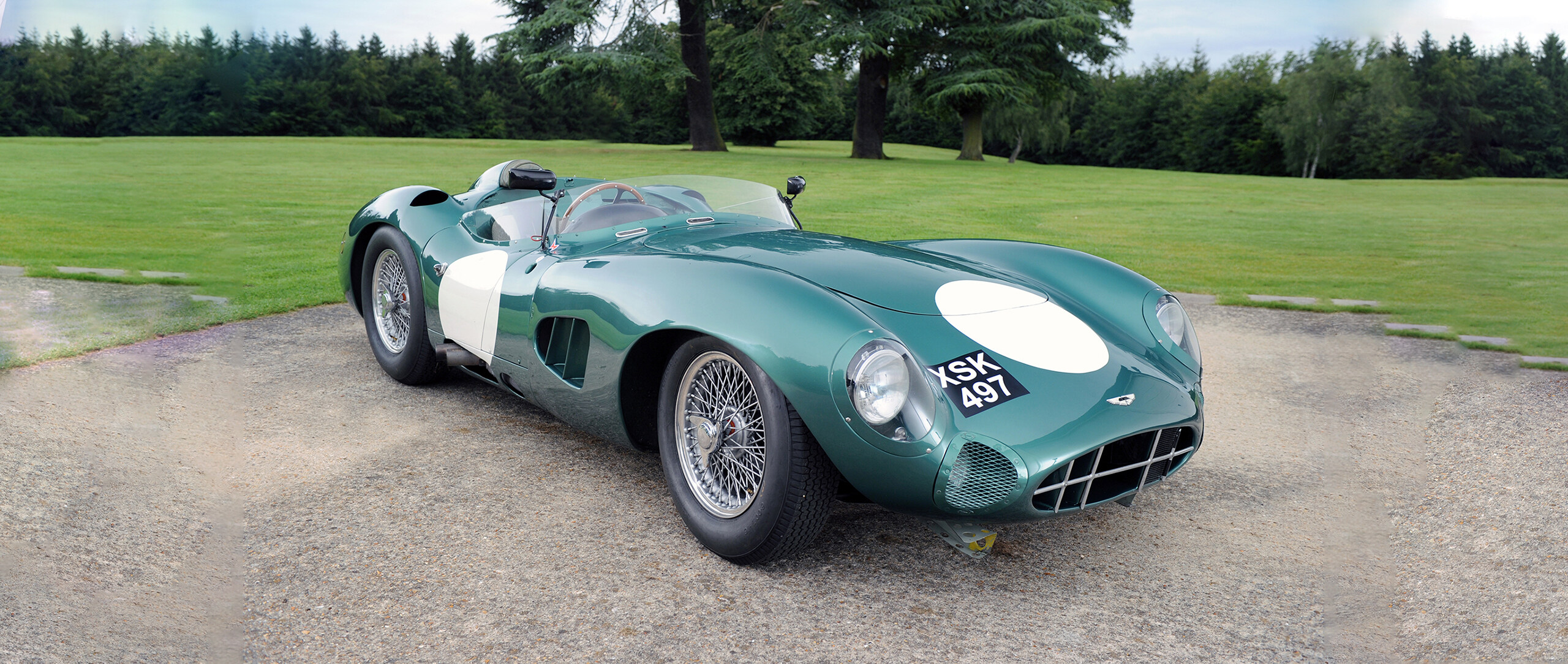Le Mans obsession
14 November 2020 1 min read 6 images

Since his purchase of Aston Martin at the end of 1946, David Brown, who produced gears and gearboxes, had victory at the 24 Hours of Le Mans at the top of his personal wish list. The first step was the acquisition of the rights to Lagonda and with them the designs of a six-cylinder engine with twin-overhead-camshafts, one of final projects of Walter Owen Bentley that would go on to form the basis for all future car successes of the Manufacturer from Gaydon.
Register to unlock this article
Signing up is free and gives you access to hundreds of articles and additional benefits. See what’s included in your free membership. See what's included in your free membership.
Already have an account? Log In


